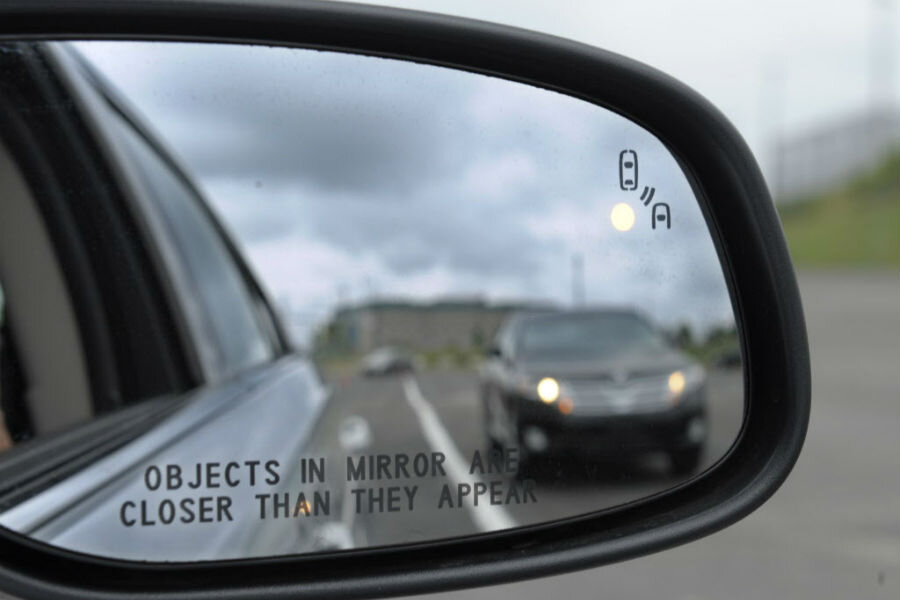Is it time to get rid of rear-view and side-view mirrors?
For several years, the National Highway Traffic Safety Administration has been working on a plan that would require all new cars to come with backup cameras--the kind that project rear-views on display screens, often on a vehicle's center stack.
When that rule goes into effect on May 1, 2018, it'll be the beginning of the end for rear-view mirrors. In Japan, however, those mirrors and their side-view cousins are already on the way out: the country's regulators passed new rules allowing for the production of mirrorless cars as of June 17.
Interestingly enough, that development was made possible by the United Nations. The UN's World Forum for Harmonization of Vehicle Regulations voted to support widespread use of camera-based monitoring devices, provided they could meet certain safety specifications.
Tech firms couldn't be happier. Japanese-based Ichikoh has created something called the Smart Rear View Monitor, a new, dual-use rear-view mirror that's being supplied to an unnamed Japanese automaker. Though the device can be used as a traditional rear-view mirror, when a driver taps a switch, it converts to a monitor, projecting images from a camera positioned at the rear of a vehicle. It's been installed on new cars since June 28. (FYI, Gentex offers something similar for the Cadillac CT6.)
Meanwhile, Continental is working on displays that can be embedded in a vehicle's front pillars. They sound a bit like the ones that Jaguar Land Rover demonstrated a couple of years ago--though Continental is aiming for the big-rig market.
Ichikoh believes that adoption rates among automakers will be high. Company reps project that with seven years, digital rear-view mirrors will be found on about 29 percent of all vehicles made for the Japanese market. Side-view mirrors will make a slower exit: by 2023, Ichikoh thinks that just 12 percent of new vehicles will have given them the heave-ho.
Consumers, on the other hand, may be less enthusiastic about the new technology. It's bound to drive up new-car prices, which are already too high for many people. And of course, relying on displays will require some behavior modification, like looking to the center stack rather than over shoulders to check blind spots.
This article first appeared at The Car Connection.








